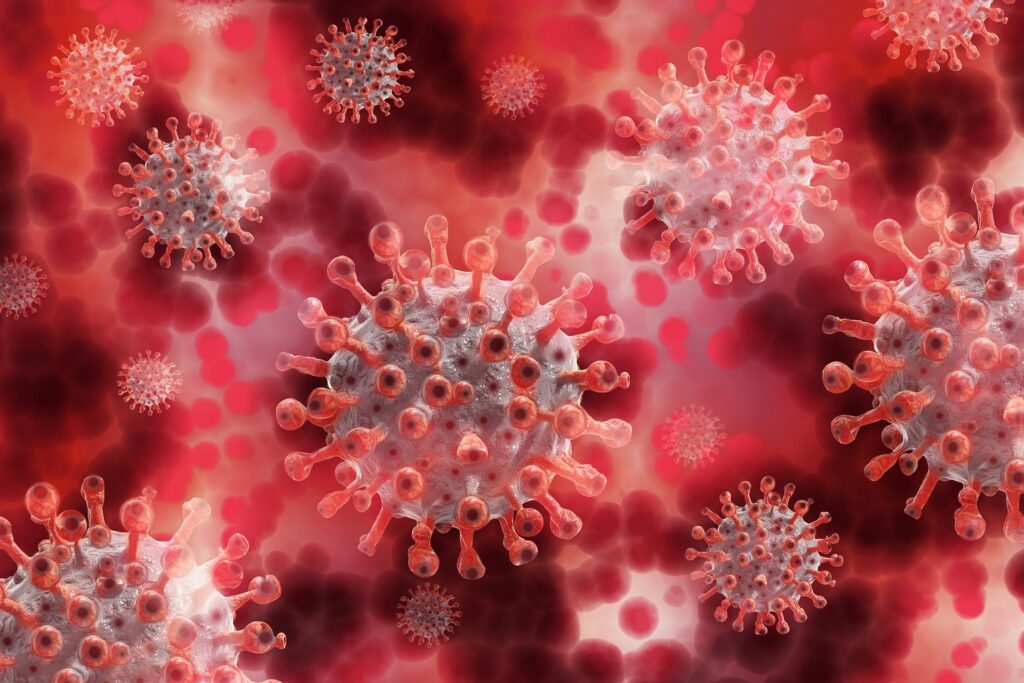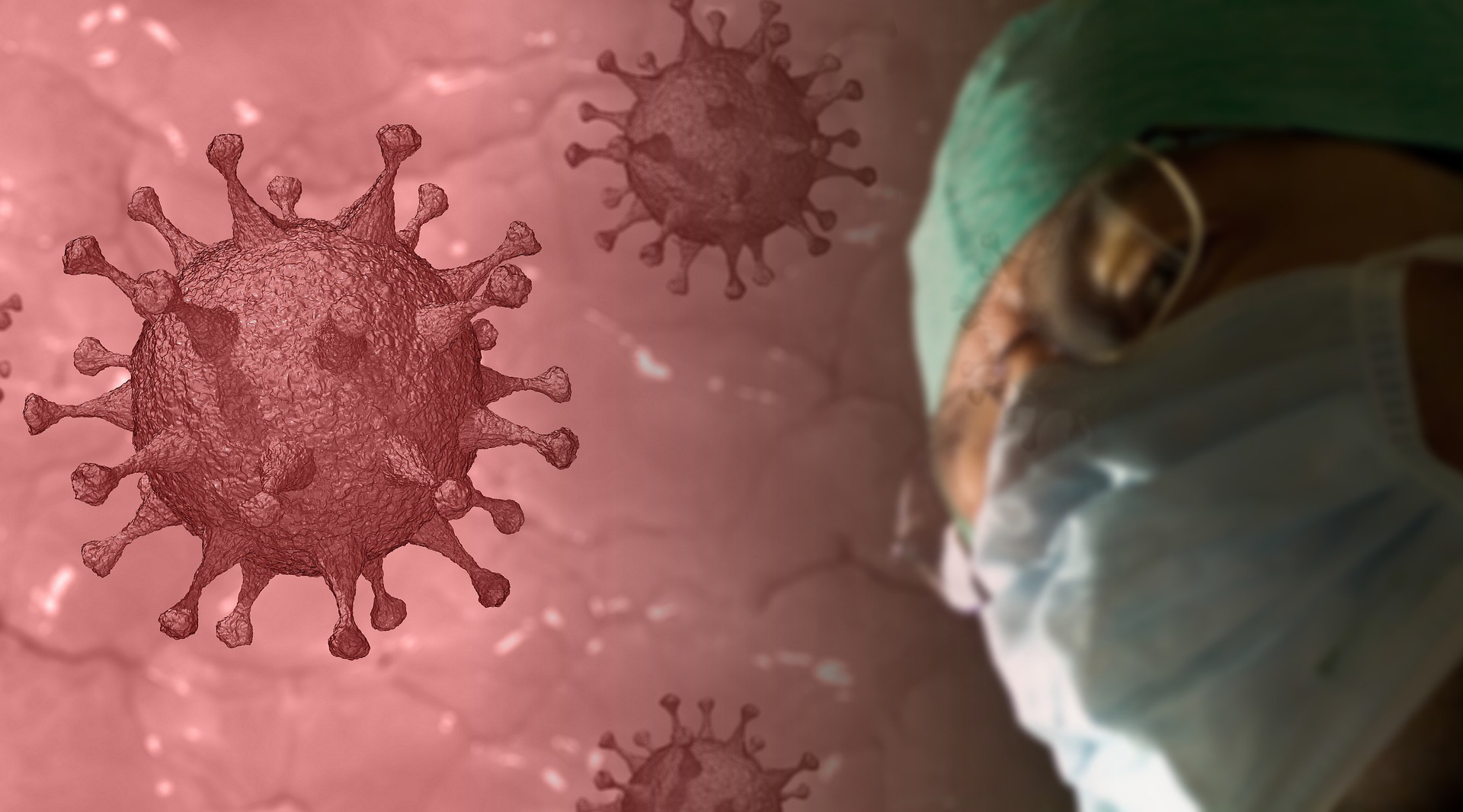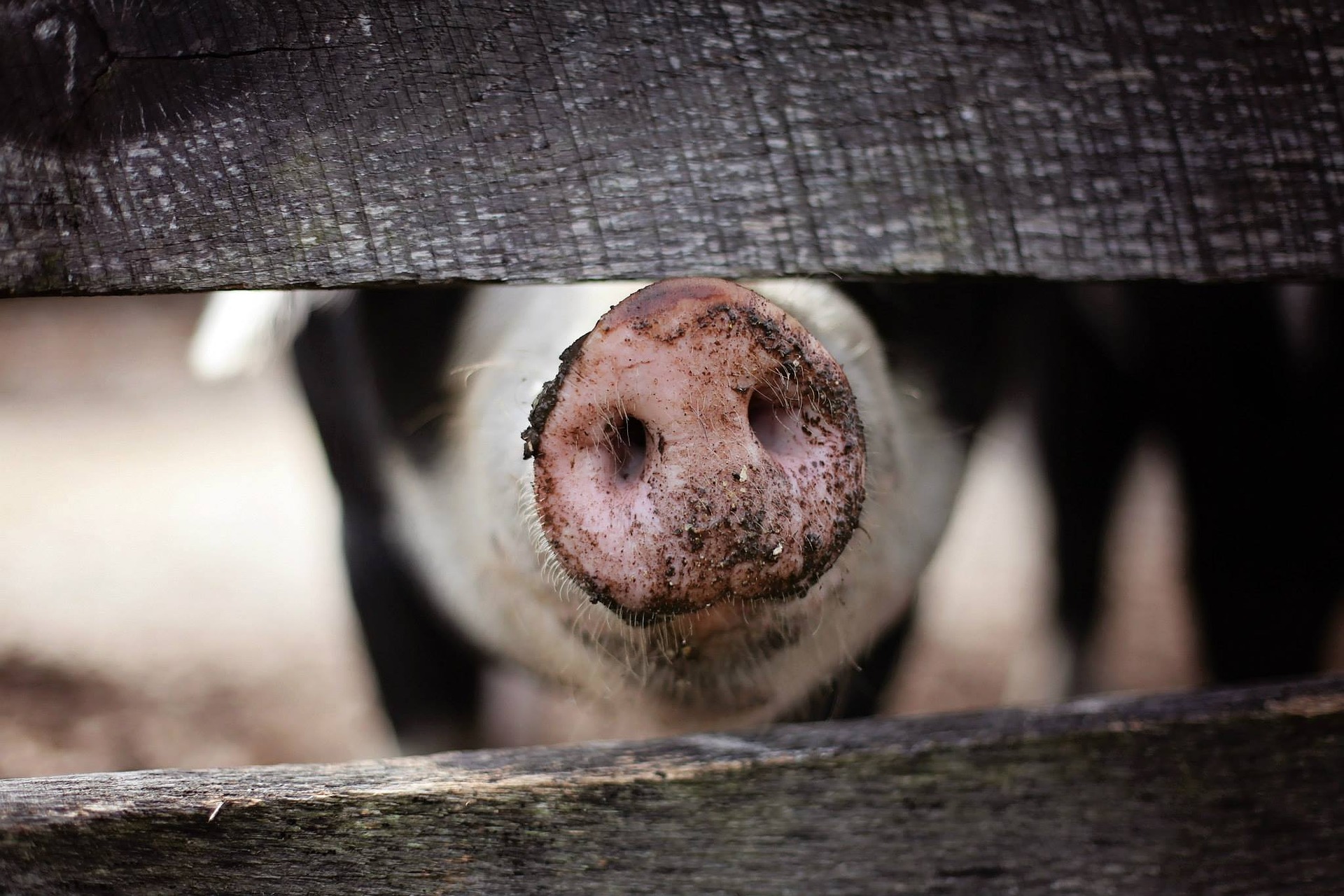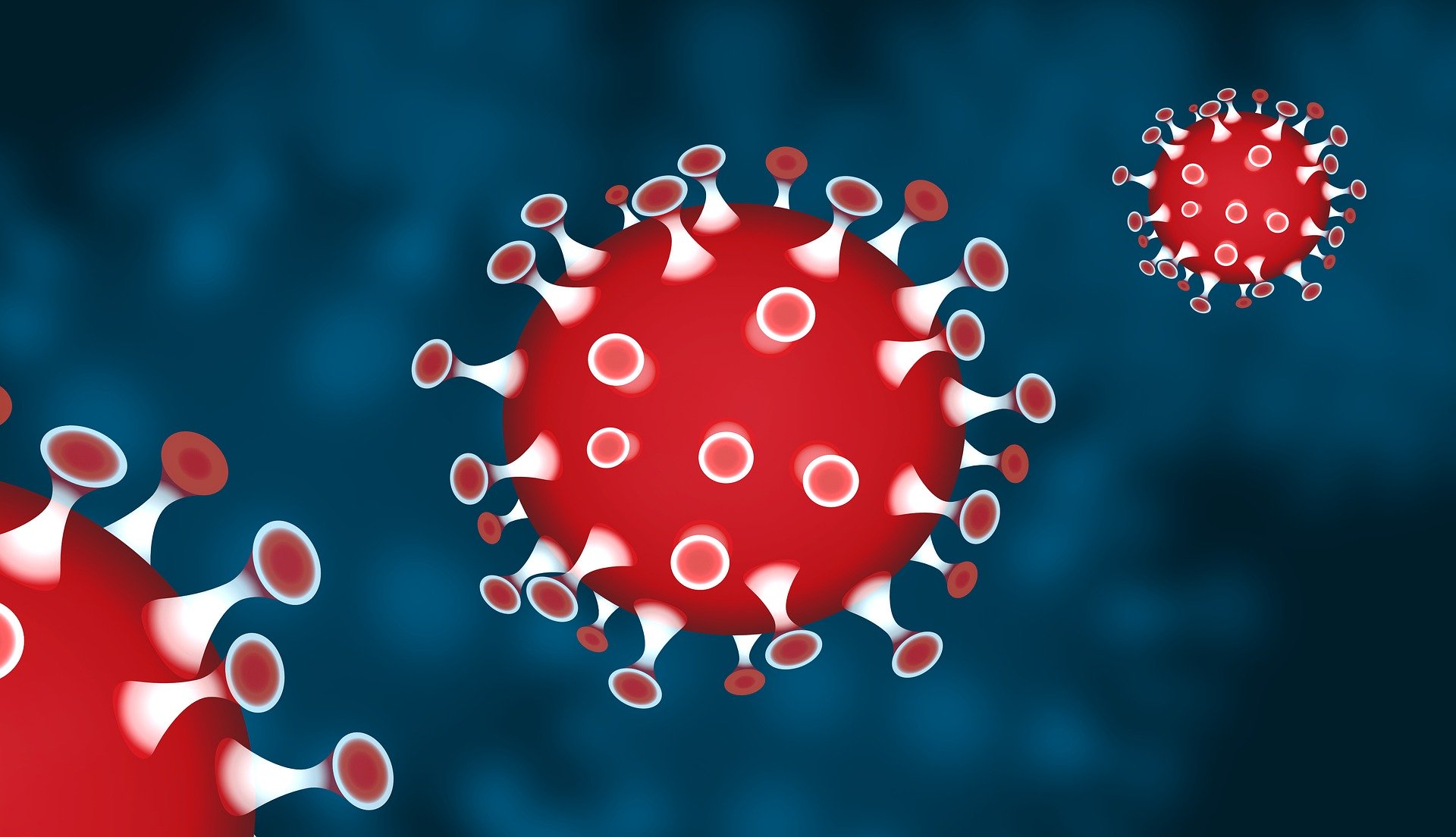It remains largely unknown why the novel coronavirus that causes COVID-19 is so infectious and importantly, how it was able to jump from animals to humans in the first place. The answer may lie in the genetic code of the virus, which scientists at Duke University have found contains several silent mutations that affect protein folding. These mutations may have allowed for the interspecies transmission – or host “jumping” – of the virus, with the initial leap speculated to have occurred from bats to an intermediate host (the pangolin) before zoonotic transmission to humans.
The Duke researchers developed statistical methods to identify adaptive changes that arose specifically in the SARS-CoV-2 genome in humans, but not in closely related coronaviruses found in bats and pangolins.
The study was published on October 16 in the journal PeerJ.
Related: Study Dispels Claim that COVID-19-Causing Coronavirus is Lab-Engineered
“We’re trying to figure out what made this virus so unique,” said lead author Alejandro Berrio, a postdoctoral associate in biologist Greg Wray’s lab at Duke, in a news release from Duke.
The researchers focused on the spike proteins that protrude from the surface of the coronavirus, which are responsible for viral attachment and entry into host cells. Previous research found fingerprints of positive selection within a gene that encodes the spike proteins.
By applying a test for branch-specific oversubstitution of mutations within narrow windows of the genome, the Duke scientists found that the gene encoding the spike protein has been a target of both purifying and positive selection.
They uncovered specific mutations in the proteins, suggesting that viral strains harboring the mutations were more likely to thrive. In addition, Berrio and colleagues discovered other novel targets of positive selection, namely within genes encoding Nsp4 and Nsp16, which are viral enterotoxins important for the stability of the RNA structure of the virus.
Through homology-directed modeling, changes in either Nsp4 or Nsp16 protein structure relative to the most recent common ancestor were not found. These mutations may thus be “silent” as they do not alter protein structure. However, the scientists say that they may affect molecular processes mediated by viral RNA molecules, including transcription, translation, RNA stability and evasion of the host innate immune system.
Moreover, Berrio says the changes likely affected the folding and function of viral RNA. And this is likely what gave the virus a biological edge over previous strains without altering the proteins it encodes.
“Nsp4 and Nsp16 are among the first RNA molecules that are produced when the virus infects a new person,” Berrio said. “The spike protein doesn’t get expressed until later. So they could make a better therapeutic target because they appear earlier in the viral life cycle.”
What these changes in RNA structure might have done to set the SARS-CoV-2 virus in humans apart from other coronaviruses is still unknown, Berrio said. But they may have contributed to the virus’s ability to spread before people even know they have it – a crucial difference between the current coronavirus pandemic and the SARS coronavirus outbreak of 2003.
While viruses are in constant evolution, researchers around the world agree that the current strain of the coronavirus has not been rapidly changing since it first appeared in December 2019. At best, it is slowly mutating, which is good news for vaccine developers as they don’t have to contend with potentially multiple strains of the virus. In fact, a nation-wide study conducted in India found that the A2a strain of SARS-CoV-2 – which is the predominant coronavirus subtype found in the country – has not undergone any major mutation since June, and thus won’t affect vaccine studies.
So studying the genetics of the current coronavirus strain remains important. “Viruses are constantly mutating and evolving,” Berrio said. “So it’s possible that a new strain of coronavirus capable of infecting other animals may come along that also has the potential to spread to people, like SARS-CoV-2 did. We’ll need to be able to recognize it and make efforts to contain it early.”












Join or login to leave a comment
JOIN LOGIN